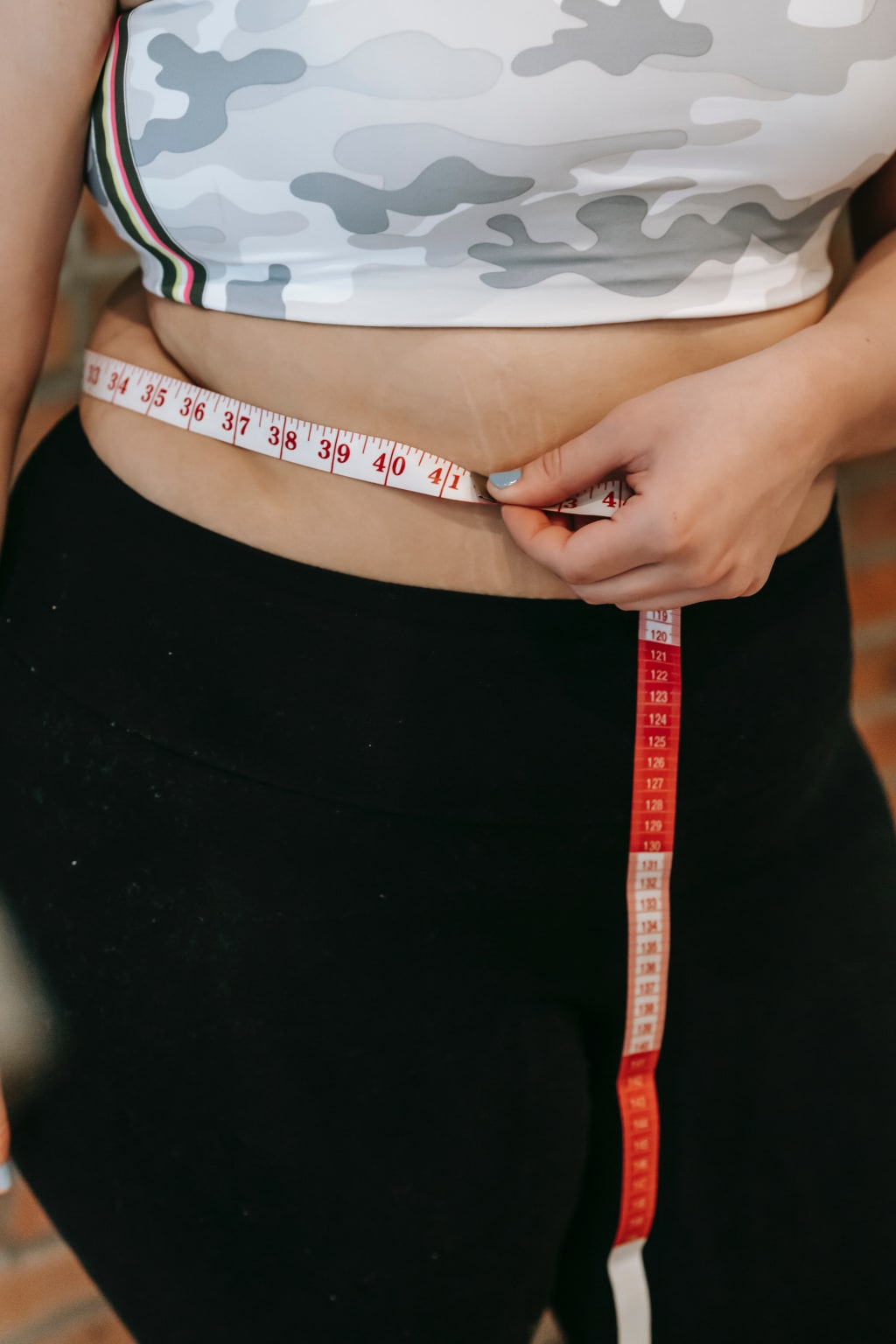
Title: The Science of Fat Loss: Three Diet Swaps for Faster Results
Introduction:
When it comes to weight loss, the concept of "calories in versus calories out" is widely recognized. However, this simplistic model fails to account for the impact of different foods on the body's calorie expenditure and metabolic processes. Recent research suggests that the types of foods we consume and how we distribute our meals throughout the day can significantly affect fat loss efficiency. In this article, we will explore three diet swaps that can accelerate fat loss and provide a sample meal plan to put these concepts into practice.
1. Choose Minimally Processed Foods:
Opting for minimally processed foods such as oats and multigrain bread, instead of refined counterparts like cereal and white bread, can offer unique benefits for weight loss. These less processed foods not only provide more essential nutrients and fiber, but they also have a higher thermic effect of food. The thermic effect refers to the calories burned during digestion and metabolism. Studies have shown that the body burns significantly more calories when processing unprocessed foods compared to processed ones. By incorporating whole grain and less processed foods into your meals, you can potentially burn more calories throughout the day and promote fat loss.
2. Meal Distribution Matters:
While total daily calorie intake remains crucial, the distribution of those calories throughout the day can impact fat loss outcomes. Research indicates that a front-heavy approach, where more calories are consumed at breakfast, can lead to reduced hunger, fewer cravings, and increased energy levels throughout the day. Additionally, individuals following this approach may burn more calories through increased physical activity. In contrast, allocating more calories to dinner (a back-heavy approach) has been associated with less favorable outcomes. Experimenting with shifting more calories to earlier meals, even for those practicing intermittent fasting, may yield unique benefits in hunger control, calorie expenditure, and long-term fat loss results.
3. Choose Highly Satiating Foods:
Selecting foods with high satiety levels can help control appetite, minimize snacking, and improve adherence to a calorie deficit. The satiety index, which measures the hunger-suppressing effects of various foods, reveals that some options are more effective in curbing appetite than others. For example, swapping whole grain bread for oats can provide a 25% greater satiety effect, while substituting brown rice for whole grain pasta or boiled potatoes can offer a 30% or 60% boost in satiety, respectively. By incorporating these satiating foods into your diet, you can better manage your hunger and maintain a calorie deficit.
Sample Meal Plan:
Here's a sample meal plan that incorporates the aforementioned diet swaps:
- Breakfast: Protein pancakes made from oat flour, topped with peanut butter, sugar-free syrup, and sautéed apples.
- Lunch: Baked salmon, boiled potatoes, and sautéed asparagus.
- Snack: Orange and optional protein shake.
- Dinner: Baked chicken breasts and a side of veggies roasted in olive oil.
- Dessert: High protein Greek yogurt parfait with plain yogurt, cinnamon, stevia, frozen mixed berries, and chia seeds.
Conclusion:
While the calorie deficit remains the fundamental principle for weight loss, incorporating these diet swaps can enhance fat loss efficiency and overall well-being. Choosing minimally processed foods, distributing calories front-heavy, and selecting highly satiating options can lead to increased calorie expenditure, better appetite control, and improved adherence to a weight loss plan. Remember to tailor your meal plan and portion sizes based on your individual needs and preferences. Experiment with these strategies, find what works best for you, and enjoy the journey to a healthier you.
(Note: The information provided in this article is for educational purposes only and should not replace professional medical advice. Consult a healthcare professional before making any significant
changes to your diet or exercise routine.)





Comments
There are no comments for this story
Be the first to respond and start the conversation.